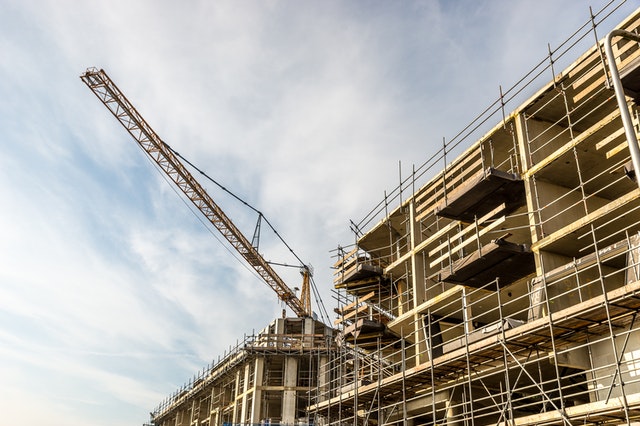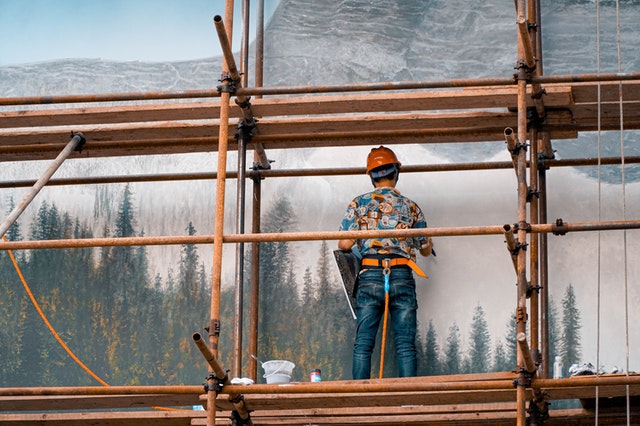Professional operators who require support through a scaffolding design want to know that their investment will prove to be a good fit.
In certain ways, this is a subjective exercise for managers as they pinpoint a size and style that matches their tastes.
Yet there will be in-built demands that are in play to ensure that the service will be overseen in a diligent and safe manner.
Let us look at the ways that scaffolding structures make for a good fit with operators.
When They Are Easy to Transport & Maneuver
Professional operators can encounter difficulties with scaffolding brands if they find that the materials are hard to maneuver from point A to point B. It is often the case for builders and painters who find themselves on the go between one client’s location and another. They will prove to be a great fit if they are made with minimal components and there is a vehicle sufficient enough to handle and load the structure.
When They Are Affordable
Specialists will need to rely on a scaffolding design for their work, but it will be hard to navigate the material if suppliers set them out of price range. By deciding on a budget and communicating the needs of the item with ownership and management, participants will be able to pinpoint a unit that is not just accessible but affordable for all members.
When They Are The Right Type & Size Profile
Whether the scaffolding is single, double, supported or suspended, they need to be geared towards the demands of the job at hand. This speaks to size, to location and to the number of participants who will be scouring the heights of the area to undertake repairs, installations or renovations. The right fit in this circumstance might need time to survey all options.
When There Are Strong Materials in Place

Scaffolding units are designed in a number of different material profiles, yet the consistent theme that has to be evident from top to bottom will be strength. It might involve stainless steel, hardwood or aluminum brands. So long as they can withstand outdoor conditions and the nature of the terrain below, then the scaffolding will be a welcomed addition to the workplace and the team as a collective.
When They Are Fitted With Sufficient Safety Features
The entire purpose behind acquiring these units is to have a model in place that protects the safety of the operators. These brands will make for a good fit once they deliver on guardrail support, strong planks, base plates, harness connections and easy entry and exit points. If these developments are lacking in any of these features, they will fall short of industry expectations and even legal provisions in some cases.
When Operators Have The Right Level of Training
From the inspection protocols that have to be carried out before each day’s work to the modes of operation with weight limits and navigation requirements, these specialist structures will be a good fit when practitioners have the right level of training and accreditation on display. Individuals can blame their tools all they like but if they do not have the understanding about how they are best applied and what constitutes best practice, that is an issue for the team and the professional who needs to be brought up to speed.
When Suppliers Offer Key Assurances
Contractors and developers who are in the market for these commercial assets will have confidence in their designs when the suppliers offer key assurances about the materials. This is demonstrated through insurance and warranty policies as well as customer service assistance if there are questions to be asked about the application in a workplace environment.

